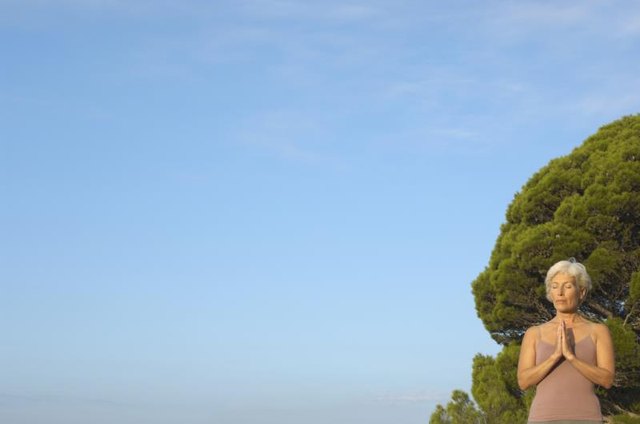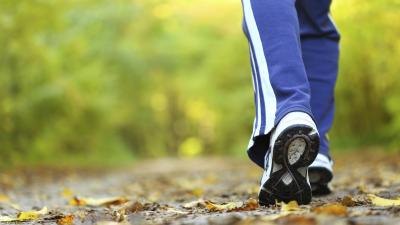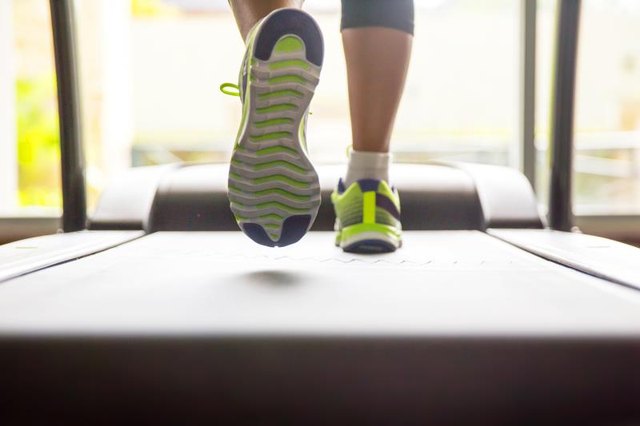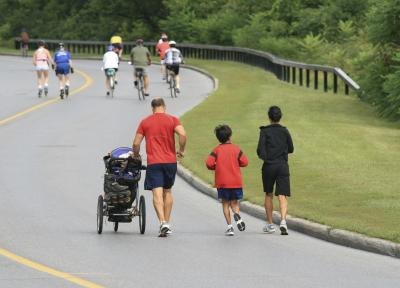
Tachycardia is a rapid heart beat. Your heart normally beats from 60 to 100 times per minute when you are in a resting state of non-exertion. A heart rate of more than 100 beats per minute at rest is considered too fast, and is a case of tachycardia. The condition can be temporary or a more chronic issue stemming from heart disease or lifestyle choices. Following a healthy diet may be part of your doctor's plan for treatment.
Caffeine-Free Beverages

Stimulant use can be a cause of tachycardia. Certain medications, street drugs and caffeine are all stimulants. To reduce your episodes of tachycardia or to eliminate the risk of developing the abnormality, incorporate only decaffeinated, non-alcoholic beverages into your diet. Some teas and coffees that are labeled as decaffeinated may contain trace amounts of the substance, so check with your doctor to determine how much caffeine, if any, you can safely consume.
Low Fat

Heart disease is both a cause of and a risk factor for developing a rapid heart beat. High cholesterol levels and obesity, two conditions that often go hand in hand, can increase your risk of heart disease and complications like tachycardia. Follow a low-fat diet to lower your cholesterol and lose weight if needed. Choose part-skim cheese, drink nonfat or reduced fat milk instead of full fat varieties. Low-fat or fat-free yogurt is a good source of calcium and protein to help keep you healthy. Cut back on fried foods, snack items and pastries that may be very high in fat.
DASH Diet
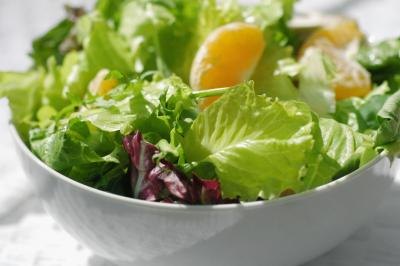
Following the DASH diet -- Dietary Approaches to Stop Hypertension -- may be appropriate for many tachycardia sufferers. High blood pressure can lead to an abnormally fast heartbeat. The DASH diet encourages the inclusion of fruits, vegetables, low fat dairy, protein and whole grains to keep your blood pressure at normal levels and to reduce your risk of heart disease and stroke. Low sodium is a key to the DASH diet; the National Heart Blood and Lung Institute recommends limiting your sodium intake to between 1,500 and 2,300 milligrams daily to lower hypertension. You can achieve these lower levels of sodium by using other types of herbs to season your meats and vegetables and rinsing canned vegetables with water before serving. Reduce your consumption of processed, packaged foods like lunch meats, frozen dinners and salty snacks to limit your salt intake as well.
Reduced Sugar
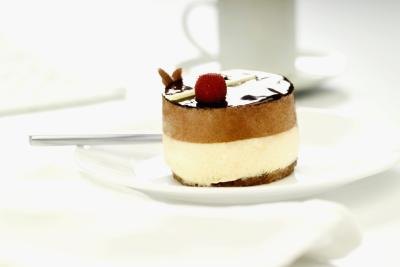
Monitor your sugar intake if you have tachycardia. Cleveland-area physician Dr. James Frackelton explains that when you eat a lot of sugar on an empty stomach, your body reacts by over-producing pancreatic enzymes, insulin and adrenaline. Your heart can begin to beat more quickly with the surge of hormones running through your bloodstream. It may not be necessary to cut out all sugar, but to eat sweets in moderation with your normal meals to keep your blood sugar on an even keel.
www.livestrong.com
